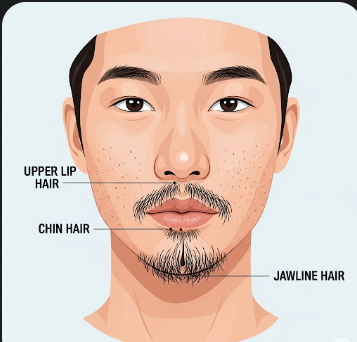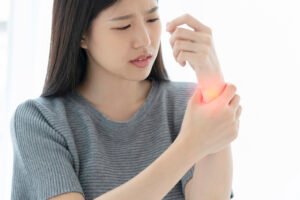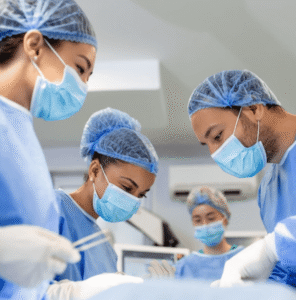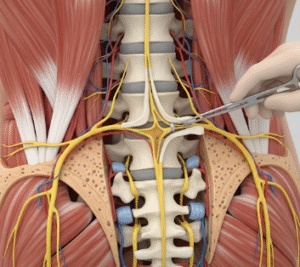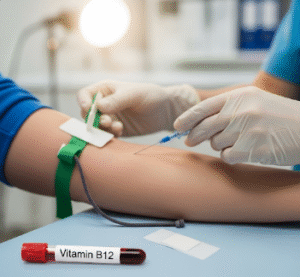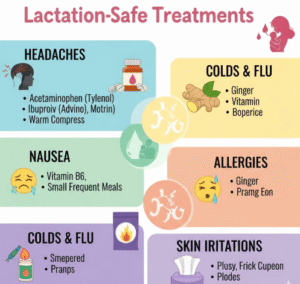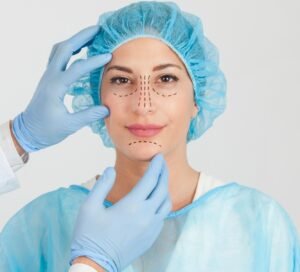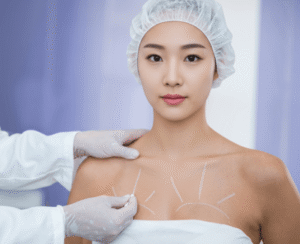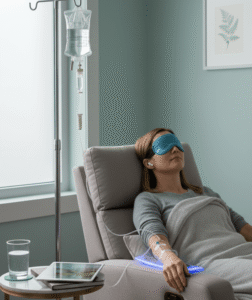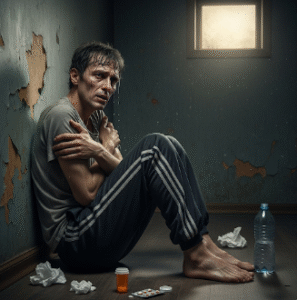Overview
Excessive hair growth, medically known as hirsutism, is a condition in which women develop coarse, dark hair in areas typically seen in males, such as the face, chest, back, and abdomen. Hirsutism can affect self-esteem, body image, and emotional well-being, and may indicate underlying hormonal or metabolic disorders. It is most often caused by elevated androgen levels but can also be influenced by genetic factors, medications, or idiopathic causes. In Korea, endocrinology and dermatology clinics provide specialized evaluation, hormone testing, and tailored treatment plans to manage excessive hair growth effectively.
Highlights:
➤ Coarse, dark hair in male-pattern areas in women
➤ Can impact emotional well-being and self-confidence
➤ Often associated with hormonal imbalances but may have idiopathic causes
Key Facts
➤ Prevalence: Affects approximately 5–10% of women of reproductive age
➤ Age affected: Typically develops during puberty or reproductive years
➤ Impact: May cause psychological distress, social anxiety, and body image concerns
➤ Prognosis: With proper evaluation and treatment, most women experience significant improvement
➤ Gender: Female-specific condition, though men can have excessive hair for other reasons
What is Hirsutism?
Hirsutism is defined as male-pattern hair growth in women, often caused by androgen excess or increased sensitivity of hair follicles to androgens. It is important to distinguish hirsutism from hypertrichosis, which is generalized hair overgrowth not restricted to male-pattern areas.
Common clinical features include:
- Facial hair: Upper lip, chin, jawline, sideburns
- Trunk and limbs: Chest, back, lower abdomen, inner thighs
- Progressive hair growth: Often gradual but may accelerate during hormonal changes
Highlights:
➤ Male-pattern hair distribution is key diagnostic feature
➤ Androgen sensitivity and hormonal balance are central to development
➤ Differentiation from hypertrichosis is important for diagnosis
What Symptoms Are Related to Hirsutism?
➤ Coarse, dark hair growth in male-pattern areas
➤ Oily skin and acne – Often accompanies androgen excess
➤ Menstrual irregularities – Suggests underlying endocrine disorder
➤ Weight gain or insulin resistance – Seen in polycystic ovary syndrome (PCOS)
➤ Psychological symptoms: Low self-esteem, anxiety, or depression
➤ Hair loss or thinning on scalp (androgenic alopecia) – May co-occur in some women
Highlights:
➣ Symptoms vary in severity and body distribution
➣ Emotional and psychological impacts are common and significant
What Causes / Possible Causes
➤ Polycystic ovary syndrome (PCOS): Most common cause; hormonal imbalance leads to excess androgen production
➤ Congenital adrenal hyperplasia (CAH): Rare genetic disorder causing elevated adrenal androgens
➤ Androgen-secreting tumors: Ovarian or adrenal tumors producing excess testosterone
➤ Medications: Anabolic steroids, danazol, or certain hormonal therapies
➤ Idiopathic hirsutism: Occurs without identifiable hormonal or medical cause, often mild and familial
➤ Other endocrine disorders: Hyperprolactinemia, Cushing’s syndrome, thyroid dysfunction
Highlights:
➣ Hirsutism can result from hormonal imbalance, tumors, medications, or idiopathic causes
➣ Identifying the underlying cause is critical for effective treatment
When Should I See My Doctor?
➤ Rapid onset or severe hair growth – May suggest an androgen-secreting tumor
➤ Menstrual irregularities or fertility concerns
➤ Acne, oily skin, or other signs of androgen excess
➤ Psychological distress – Low self-esteem or social anxiety
➤ Family history of endocrine disorders
Highlights:
➣ Early evaluation at a Korean endocrinology or dermatology clinic ensures accurate diagnosis
➣ Timely management improves symptom control and emotional well-being
Care and Treatment
➤ Lifestyle modifications: Weight management, healthy diet, and exercise for PCOS-related hirsutism
➤ Hair removal techniques:
- Temporary: Shaving, waxing, depilatory creams
- Long-term: Laser hair removal, electrolysis
➤ Medications: - Oral contraceptives: Regulate hormones and reduce androgen effects
- Anti-androgens: Spironolactone, flutamide, or finasteride
- Topical treatments: Eflornithine cream to slow facial hair growth
➤ Treat underlying conditions: Management of PCOS, adrenal disorders, or tumors
➤ Psychological support: Counseling or support groups for self-esteem and coping
Highlights:
➣ Most women benefit from combination of hair removal and medical therapy
➣ Addressing underlying causes is key for long-term control
Treatment Options in Korea
Medical Treatments:
➤ Endocrinology and dermatology clinics: Comprehensive evaluation, hormone testing, and imaging if needed
➤ Prescription medications: Oral contraceptives, anti-androgens, or topical agents based on diagnosis
➤ Lifestyle and behavioral counseling: Weight management, diet, and emotional support
Advanced Procedures:
➤ Laser hair removal: Long-term reduction of facial and body hair
➤ Electrolysis: Permanent hair removal for localized areas
➤ Surgical intervention: Rare, for androgen-secreting tumors causing rapid onset hirsutism
➤ Follow-up care: Monitor hormone levels, treatment response, and psychological well-being
Rehabilitation & Follow-Up Care:
➤ Education on self-care, hair removal techniques, and hormone management
➤ Continuous monitoring for recurrence and treatment side effects
➤ Multidisciplinary support for emotional, social, and cosmetic concerns
Highlights:
➣ Korean clinics provide advanced diagnostics, personalized therapy, and long-term support
➣ Early intervention ensures improved symptom control, confidence, and quality of life

